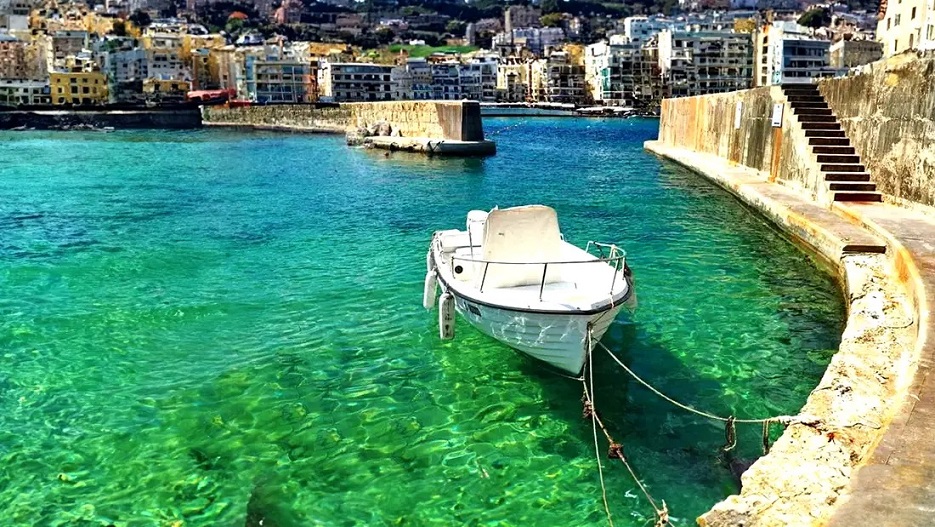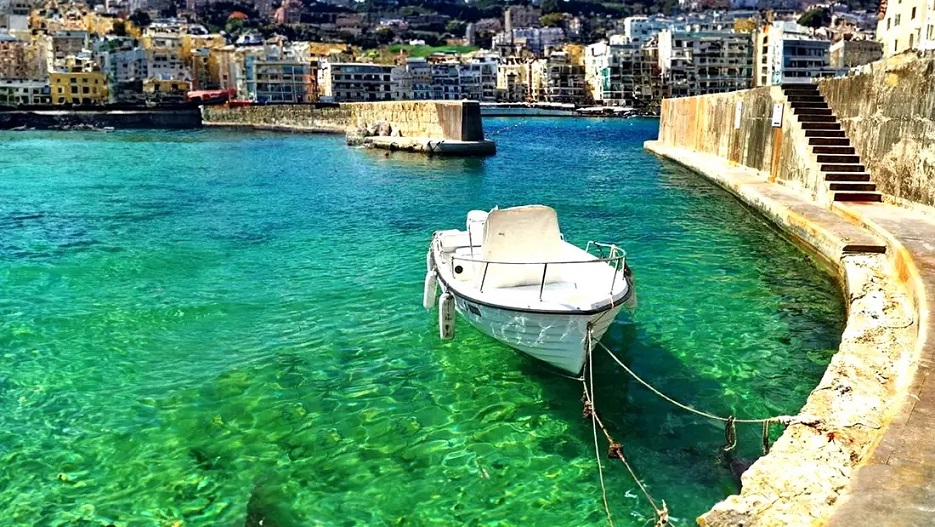
Azores: Volcanoes, Whales & A Hidden Paradise
Nestled in the middle of the Atlantic Ocean, the Azores archipelago is a breathtaking blend of volcanic landscapes, lush greenery, and vibrant marine life. This Portuguese paradise consists of nine islands, each offering unique natural wonders, from steaming geysers and crater lakes to thrilling whale-watching opportunities. Far from the typical tourist crowds, the Azores remain one of Europe’s best-kept secrets—a haven for adventurers, nature lovers, and those seeking serenity.
A Volcanic Wonderland
The Azores were born from volcanic activity millions of years ago, and their dramatic terrain tells the story of Earth’s fiery power.
- Pico Island: Dominated by Mount Pico, Portugal’s highest peak (2,351 meters), this island is a hiker’s dream. The ascent rewards travelers with panoramic views over the Atlantic and neighboring islands. The surrounding vineyards, planted in black volcanic soil, produce some of the region’s finest wines.
- Furnas Valley (São Miguel): Famous for its bubbling hot springs and geothermal pools, Furnas is where locals cook Cozido das Furnas—a traditional stew slow-cooked underground by volcanic heat. The Terra Nostra Park, with its thermal pools and lush botanical gardens, is a must-visit.
- Set Cidades (São Miguel): This twin-lake crater, one blue and one green, is a surreal sight. Hiking or cycling around the rim offers stunning vistas of the lakes and the Atlantic beyond.
Whale & Dolphin Watching: A Marine Spectacle
The Azores are one of the world’s best destinations for whale watching, with over 20 cetacean species passing through its waters.
- Seasonal Visitors: From April to October, sperm whales, blue whales, and humpbacks migrate through the Azores. Year-round residents include common dolphins, bottlenose dolphins, and the elusive sei whale.
- Responsible Tourism: Local operators adhere to strict eco-friendly guidelines, ensuring minimal disturbance to marine life. Many tours include marine biologists who provide fascinating insights into whale behavior.
- Best Spots for Whale Watching: Pico, Faial, and São Miguel are top locations, with Pico’s old whaling stations now serving as museums documenting the islands’ transition from whaling to conservation.
A Hidden Paradise of Untouched Beauty
Beyond volcanoes and whales, the Azores offer serene landscapes and charming villages.
- Flores Island: Named for its abundance of flowers, this UNESCO Biosphere Reserve is a dream for hikers, with waterfalls like Poço do Bacalhau and the dramatic cliffs of Fajã Grande.
- Corvo Island: The smallest Azorean island, home to just 400 residents, features a massive caldera (Monte Gordo) with small lakes—perfect for a peaceful escape.
- Local Culture & Cuisine: The Azores blend Portuguese traditions with island life. Try lapas (grilled limpets), queijo da ilha (local cheese), and sweet ananás (pineapple) from São Miguel’s plantations.
Why the Azores Should Be on Your Travel List
- Sustainable Travel: The Azores were the world’s first archipelago certified as a sustainable destination by EarthCheck.
- Adventure & Relaxation: Whether you’re hiking volcanic peaks, diving in crystal-clear waters, or soaking in hot springs, the islands cater to all travel styles.
- Fewer Crowds, More Authenticity: Unlike mainland Europe’s tourist hotspots, the Azores offer an unspoiled, tranquil experience.
Final Thoughts
The Azores are a rare gem where fire meets water, and wilderness meets warmth. Whether you’re drawn by the call of whales, the allure of volcanic craters, or the simple pleasure of a quiet coastal village, this archipelago promises an unforgettable escape. For travelers seeking nature in its purest form, the Azores are nothing short of paradise.





















